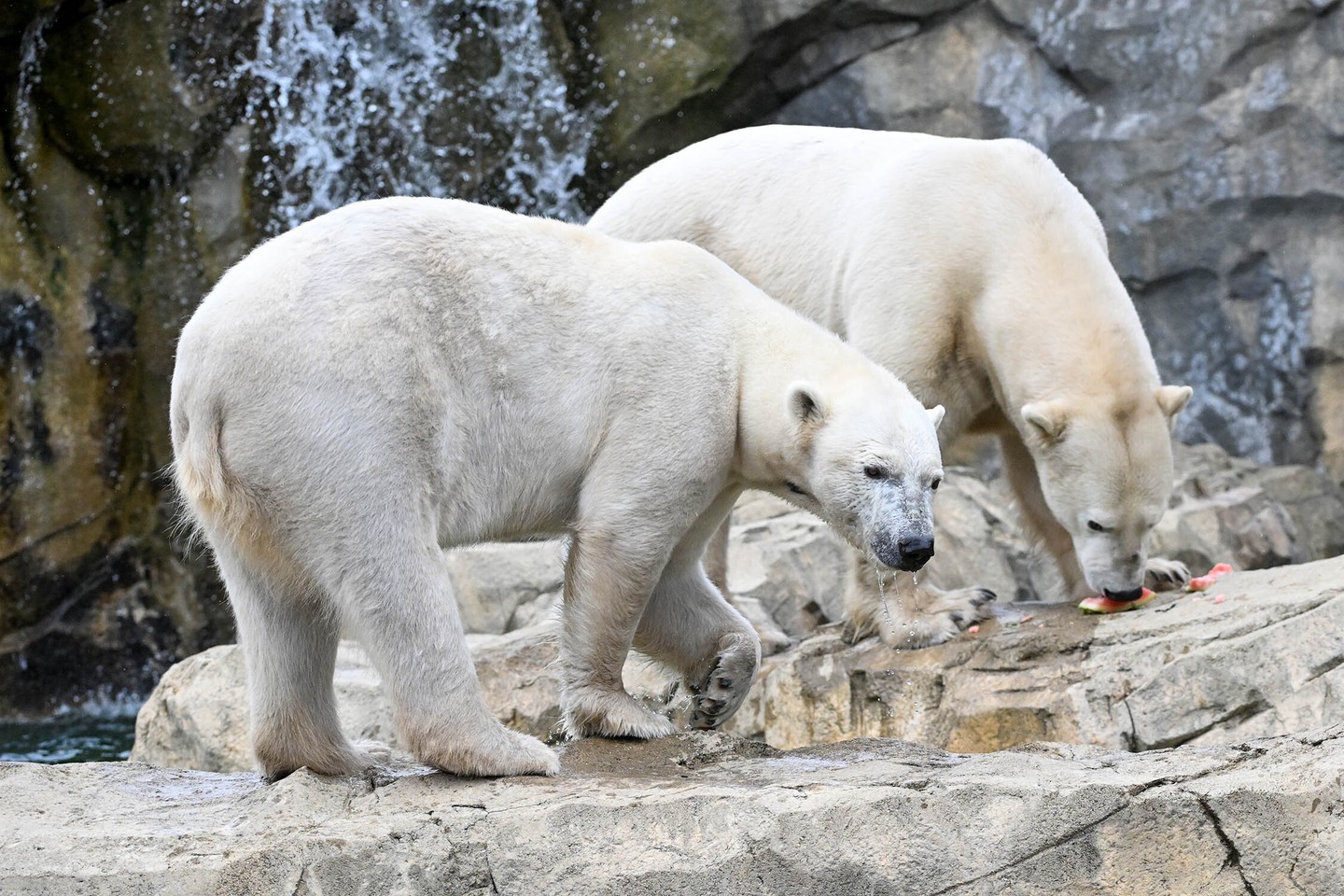– Understanding the social behaviors of polar bears and their breeding habits
– Insights into zoo management practices for accommodating polar bear needs
– Exploring the role of zoos in wildlife conservation and education
– The impact of climate change on polar bears and how conservation efforts can mitigate these effects
Polar bears, the majestic roamers of the Arctic, stand as symbols of strength and resilience in one of the planet’s harshest environments. Despite their rugged exteriors and solitary nature, polar bears exhibit fascinating behavior during the breeding season that parallels the familiar phrase: “Reunited, and it feels so good!” This unique period offers a rare glimpse into the social lives of these magnificent creatures, providing valuable insights for zoologists and conservationists alike.
Polar bears are known primarily as solitary animals, wandering the vast expanses of sea ice in search of seals, their primary food source. However, when spring arrives, their behavior shifts subtly yet significantly. Males begin to seek out females, using scent trails left on the snow and ice to find a mate. This annual search for companionship underscores a fundamental aspect of their life cycle essential for the species’ continuation.
Understanding and catering to these natural behaviors is crucial in the context of zoo management. For polar bears like Hope and Hudson residing in the Great Bear Wilderness, zookeepers must balance their natural solitary tendencies with their need for interaction during the breeding season. By providing separate habitats that mimic their extensive natural roaming areas, zoos can mirror the wild conditions while ensuring the bears’ well-being. Moreover, strategic habitat design allows visitors to observe these magnificent creatures up close, fostering a connection vital for conservation awareness and support.
Zoos play an instrumental role in wildlife conservation, serving as modern arks for endangered species and as centers for education and research. Through carefully managed breeding programs, zoos help maintain genetic diversity and hedge against extinction. The case of polar bears is particularly poignant, as they face significant threats from climate change. As Arctic ice continues to recede at alarming rates, polar bears’ hunting grounds diminish, posing a grave threat to their survival. Zoos provide a haven for these animals and function as educational platforms to raise public awareness about polar bears’ challenges in the wild.
Climate change remains one of the most pressing issues of our time, and its impact on polar bears cannot be overstated. As the ice melts earlier in the spring and forms later in the fall, polar bears are forced to spend more time on land, reducing their access to their primary food source and leading to a decline in body condition and reproduction rates. Here, the role of zoos extends beyond education and conservation to active participation in the fight against climate change. Through support for research projects and involvement in initiatives aimed at reducing carbon footprints, zoos contribute to broader efforts to mitigate the effects of climate change and safeguard habitats for polar bears and all ice-dependent organisms.
In sum, the narrative of polar bears, particularly during their breeding season of reunion, offers a compelling case study of the challenges and opportunities wildlife faces in the age of human impact. By understanding the behaviors of these solitary yet socially complex creatures, zoo management can create environments that foster their natural behaviors while protecting them from extinction. Moreover, zoos serve as crucial bastions of education, research, and conservation, engaging the public in the grand narrative of wildlife preservation. Through scientific knowledge, conservation efforts, and public awareness, there remains hope for the future of polar bears and the vast, icy realms they inhabit. As society grapples with climate change’s effects, the story of polar bears in zoos like Great Bear Wilderness is a powerful reminder of our interconnectedness with the natural world and the urgent need for collective action to preserve our planet’s biodiversity.
*****
Source Description
Reunited, and it feels so good! 🎶
Polar bears are generally solitary creatures in the wild but will reunite when breeding season begins. This is why you’ll typically see Hope and Hudson in separate habitats for most of the year. You can visit Hope and Hudson at Great Bear Wilderness in the habitat closest to the gift shop!


